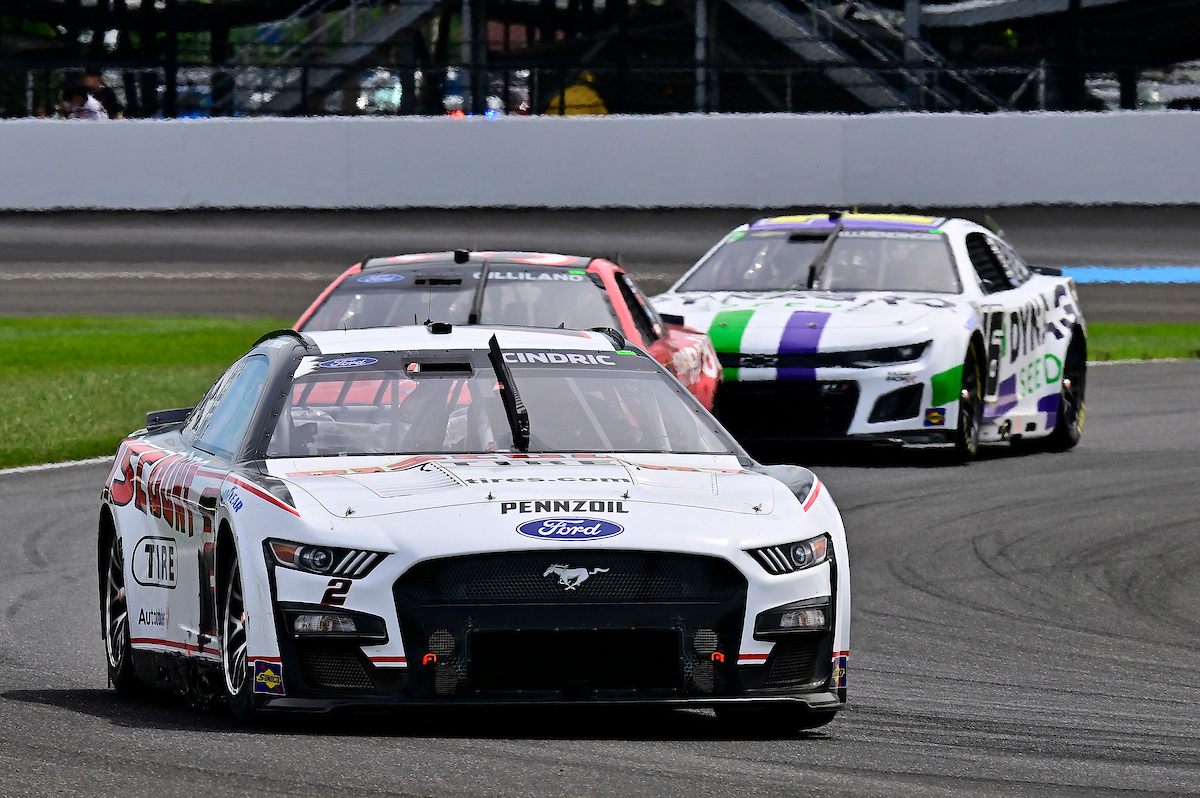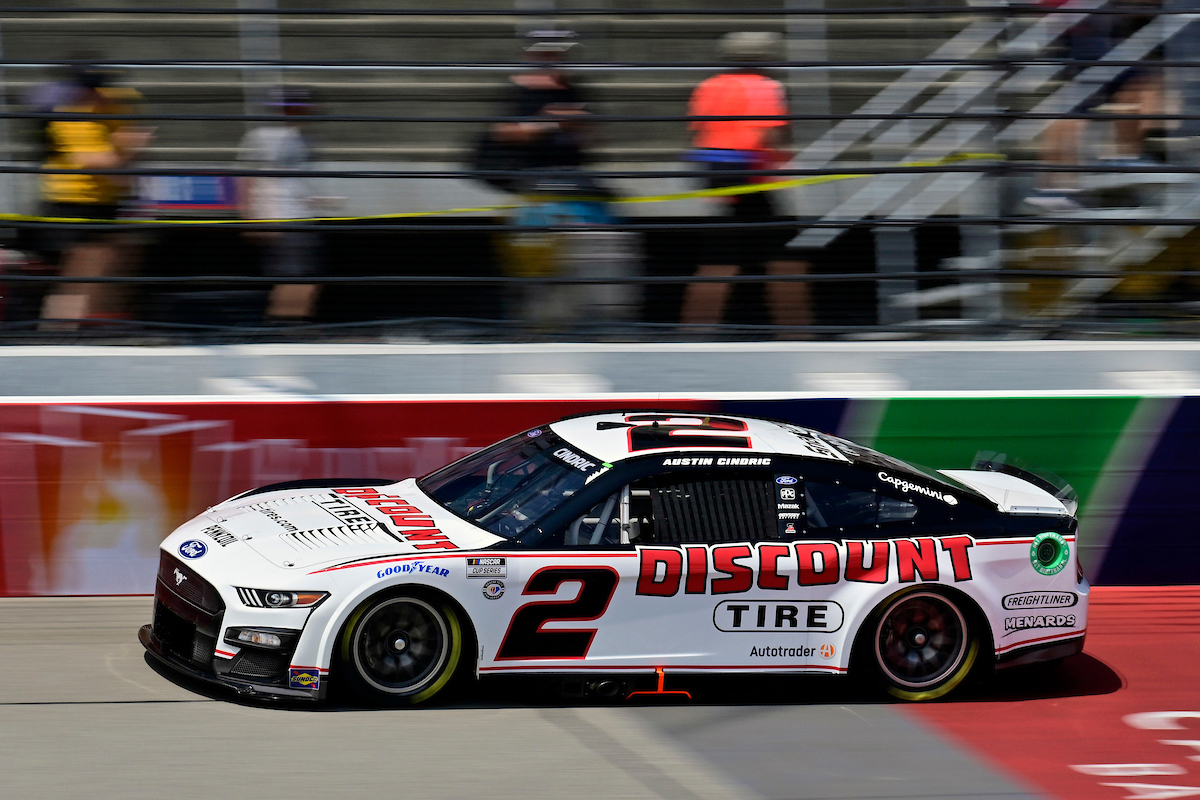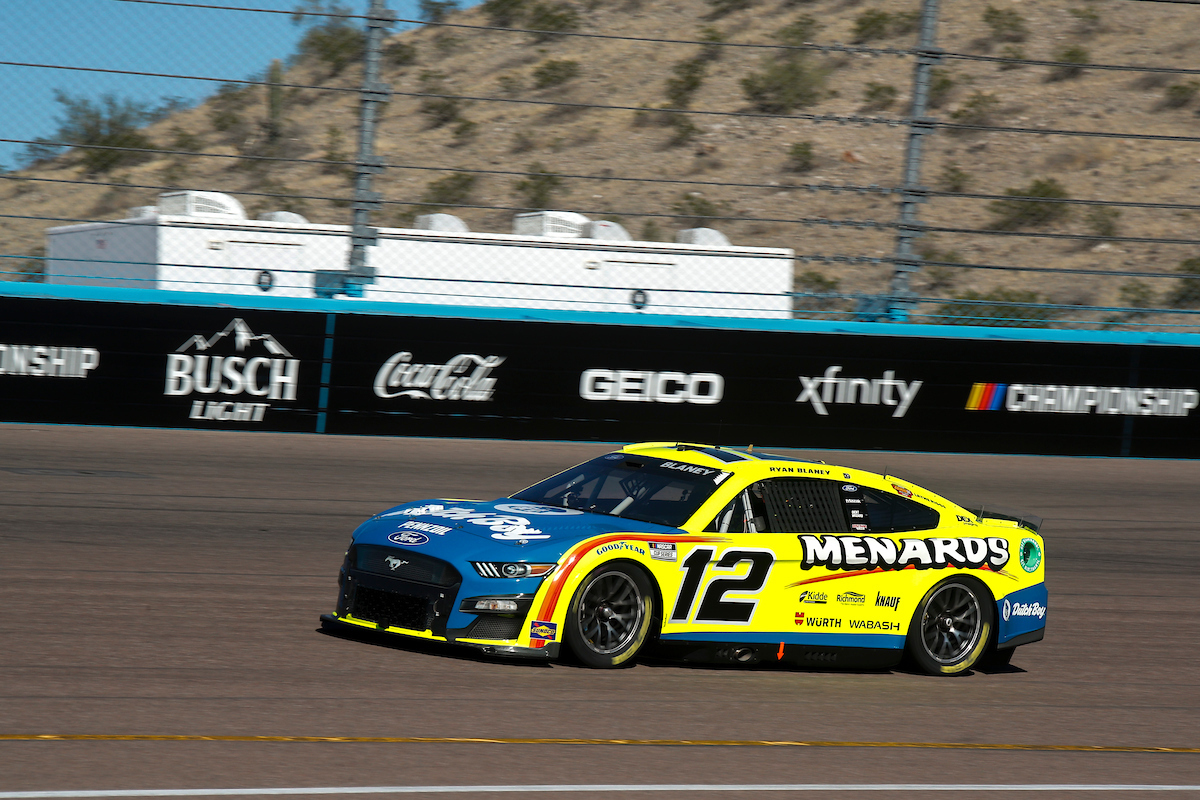How do NASCAR Drivers See Without Mirrors?
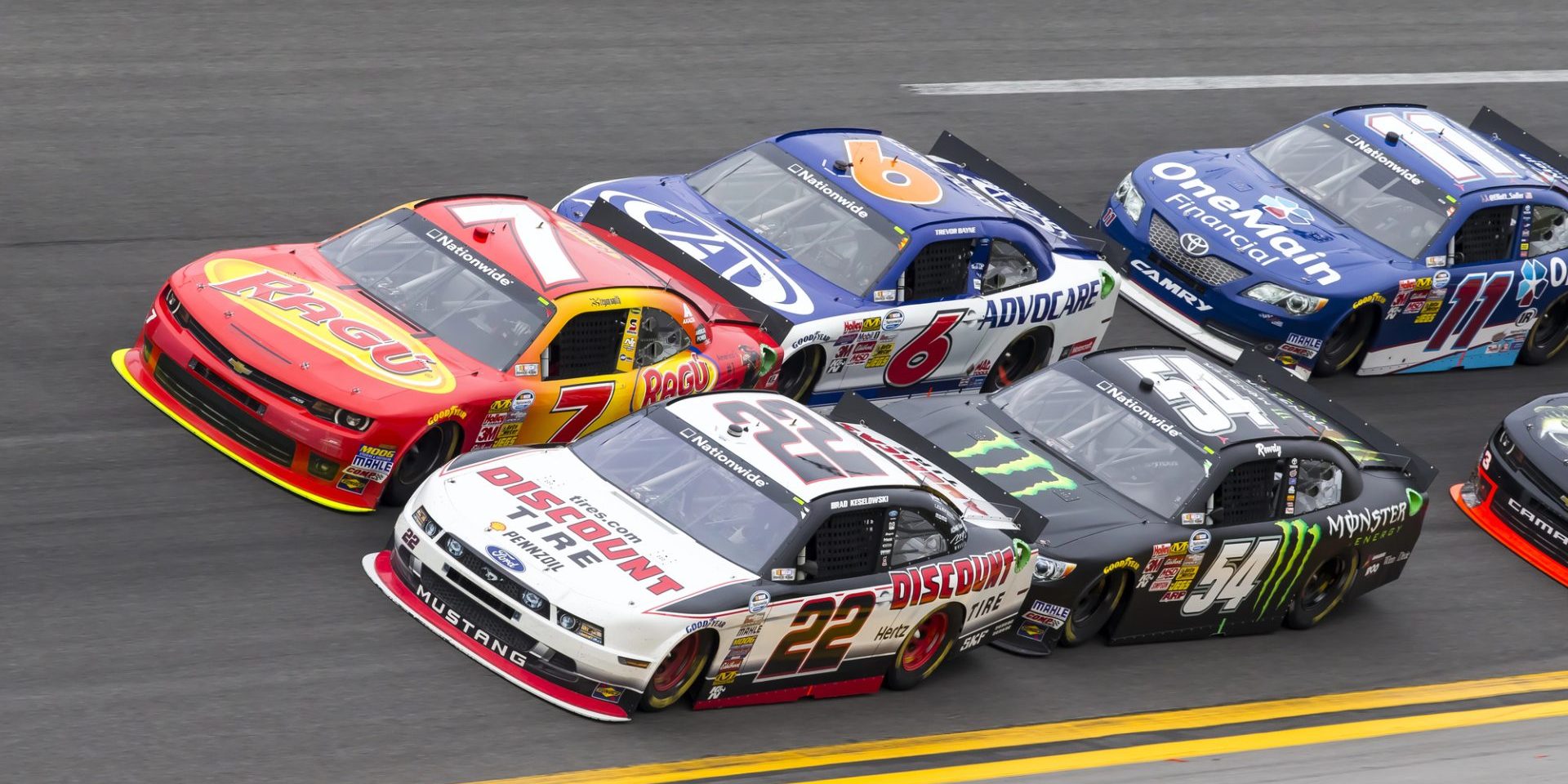
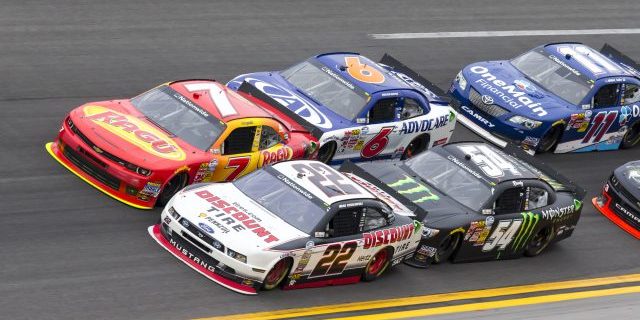
The absence of exterior mirrors on NASCAR cars is primarily due to concerns of aerodynamic efficiency and safety. Mirrors could potentially create drag, slowing down the vehicle, and in the event of a collision, they could break off and become hazardous debris on the track. The drivers, therefore, utilize a combination of technology and human assistance to navigate the racetrack.
To compensate for the lack of traditional mirrors, NASCAR drivers rely on other means to monitor their competitors. Internal rearview mirrors are standard, giving drivers a direct view to the rear. Additionally, they are aided by spotters—individuals who observe the race from a vantage point, providing real-time communication about the cars’ positions. Some teams have also incorporated cameras and in-car technology to enhance their drivers’ situational awareness, ensuring they stay informed of their surroundings despite the omission of side mirrors.
Table of Contents
The Role of Spotters in NASCAR
In NASCAR, spotters play an essential role in maintaining driver safety and facilitating communication. They act as an extra set of eyes for the drivers, relaying real-time information about the position of race cars and track conditions.
Communication and Safety
Spotters are integral to the safety and strategy of NASCAR racing. They maintain constant radio communication with their assigned driver, providing updates about other vehicles’ proximity, potential hazards, and advantageous moves during the race. Their primary goal is to ensure the driver’s safety by alerting them to incidents happening around the track that might affect their race strategy or immediate decision-making. This alert system is vital because the high speeds and close quarters of stock car racing limit a driver’s visibility and reaction time.
Spotter’s Position and Equipment
Position: Spotters are positioned high above the racetrack, usually on top of grandstands or specially designed spotters’ stands, giving them a clear vantage point to watch over the entire track. This elevated location is key in providing a comprehensive view that the driver, confined to the cockpit, does not have.
Equipment: To effectively communicate with their drivers, spotters use high-quality radios and headsets that ensure clear and uninterrupted communication. This equipment is crucial, especially during critical moments of the race when a split-second decision can be the difference between a win and an accident.
Advanced Technology in Driver Visibility
In NASCAR, the absence of traditional rearview and side view mirrors is compensated by sophisticated technology designed to improve driver visibility during high-speed races.
Rearview Cameras and In-Car Screens
NASCAR vehicles are equipped with rearview cameras that transmit live footage to in-car screens. This technology allows drivers to maintain awareness of their surroundings and the position of other cars on the track. The rearview camera systems are specifically engineered for high performance, ensuring clear visibility even at top speeds. They serve as an alternative to the conventional rearview mirror, providing a comprehensive view without the risk of glass breakage in the event of a crash.
Aerodynamic Design and Visibility
The aerodynamic design of NASCAR’s next-gen cars includes considerations for driver visibility. The absence of external mirrors reduces drag and the potential for aerodynamic disturbances, allowing cars to maintain optimal performance. Additionally, the visibility factor is not ignored in this design process; the camera systems and the placement of in-car screens are integrated in a manner that ensures drivers can keep their eyes on the screen without substantial deviation from their forward gaze. This design-conscious integration maintains the critical balance between aerodynamics and driver awareness.
Safety Regulations and Car Design
NASCAR’s persistent emphasis on safety has shaped the design of race cars, incorporating specific features such as a single internal rear-view camera, advanced cockpit protection, and the use of resilient composite materials.
Impact on Visibility and Driver Awareness
To maintain high safety standards, NASCAR race cars are designed without traditional side and rearview mirrors. Drivers gain situational awareness through the use of a rear-view camera positioned within the cockpit, alongside communication with spotters who provide real-time updates on other vehicles’ positions during races. This adjustment to the car’s layout minimizes potential hazards associated with protruding mirrors and ensures a clear view of the car’s surroundings without compromising safety.
Evolution of NASCAR Car Safety Features
NASCAR cars have evolved significantly with regard to safety features. The introduction of the Next-Gen car brought enhancements such as a rear-view camera, which replaced the traditional rearview mirrors. This camera system, often located either centrally on the dashboard or adjacent to the steering wheel, provides drivers with a comprehensive view of what is happening behind them. NASCAR vehicles are also constructed with robust composite materials that offer superior crash protection, indicating a thoughtful integration of technology and design that puts safety at the forefront of NASCAR car development.
Strategies for Race Navigation Without Mirrors
NASCAR drivers rely on specialized techniques and technologies to navigate racetracks and compete effectively without traditional rear-view mirrors.
Positioning and Overtaking Techniques
To pass and maintain their position safely, NASCAR drivers master the art of positioning on the racetrack. They become skilled at assessing the behavior of cars around them, predicting where a gap may open, and seizing the opportunity to overtake. Drafting is a crucial technique where a driver follows closely behind another car, using reduced air resistance to increase speed and subsequently pass the leading vehicle. This requires precision and timing, as misjudgment can lead to collisions.
Avoiding Obstacles and Debris
The absence of mirrors increases the challenge of avoiding unseen obstacles and debris on the track. Drivers depend on their spotters—team members situated at vantage points around the circuit—who communicate vital information via radio about the location of debris or the proximity of other race cars. Additionally, in-car technologies such as rear-view cameras provide a clear view of the areas behind the car, enabling drivers to navigate and avoid potential hazards confidently.
The Impact of NASCAR Driver Skills
NASCAR drivers must compensate for the lack of standard vehicle mirrors with advanced driving skills and heightened awareness. Mastery in spatial recognition and efficient communication prove indispensable.
Developing Spatial Awareness
Competent NASCAR drivers possess an extraordinary sense of their surroundings and an ability to gauge the position of competitors with precision. This spatial awareness is honed through experience and an understanding of how race cars behave at high speeds. The next-gen vehicles used in NASCAR have rear-view cameras and rely on an internal rearview mirror, but the drivers’ own skill in interpreting these inputs is vital for successful navigation and positioning on the track.
Key Elements of Spatial Awareness in NASCAR:
- Perception: Assessing the relative speed and distance of nearby cars.
- Anticipation: Predicting competitors’ movements and racing lines.
Communication and Team Coordination
Effective communication between the driver, spotters, and racing teams is essential for safe and strategic driving in NASCAR. Spotters serve as the eyes in the sky, offering a clear vantage point of the track. They continually provide critical information via a two-way radio system, allowing drivers to make informed decisions.
Components of a Strong Communication Strategy:
- Spotters: Positioned strategically to cover blind spots and deliver real-time updates.
- Two-Way Radio System: Facilitates instant communication between the driver and team.
- Coordination: Team members, including spotters, work together to guide the driver.
These skills in spatial awareness and communication not only increase safety on the track but also elevate the competitive edge of NASCAR drivers and their teams.







